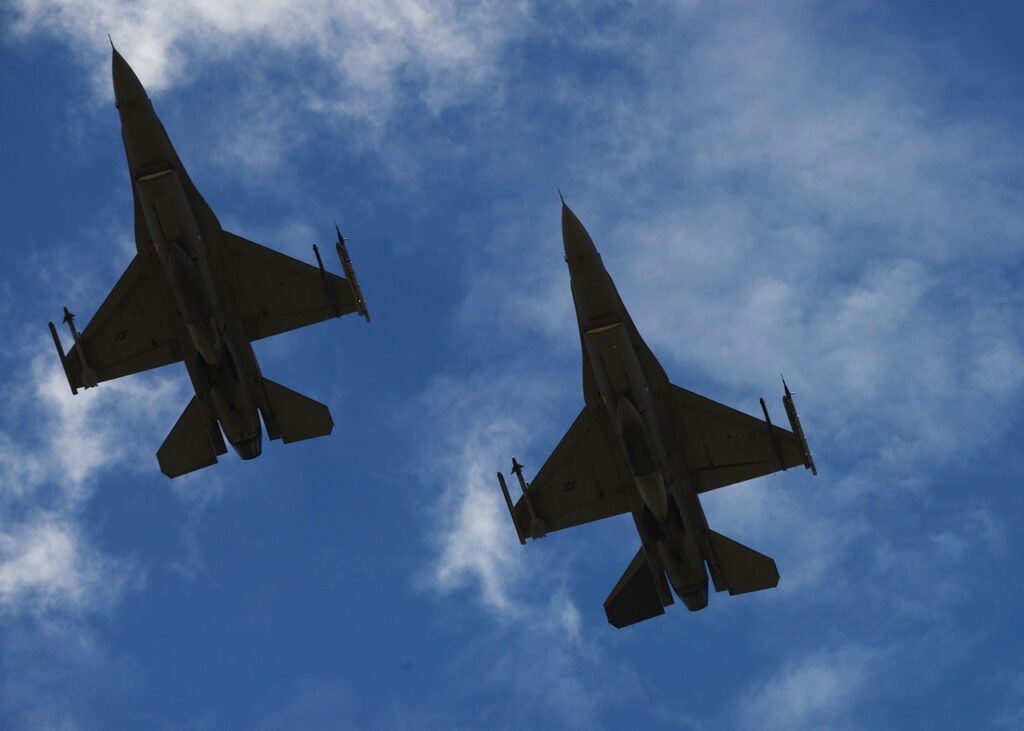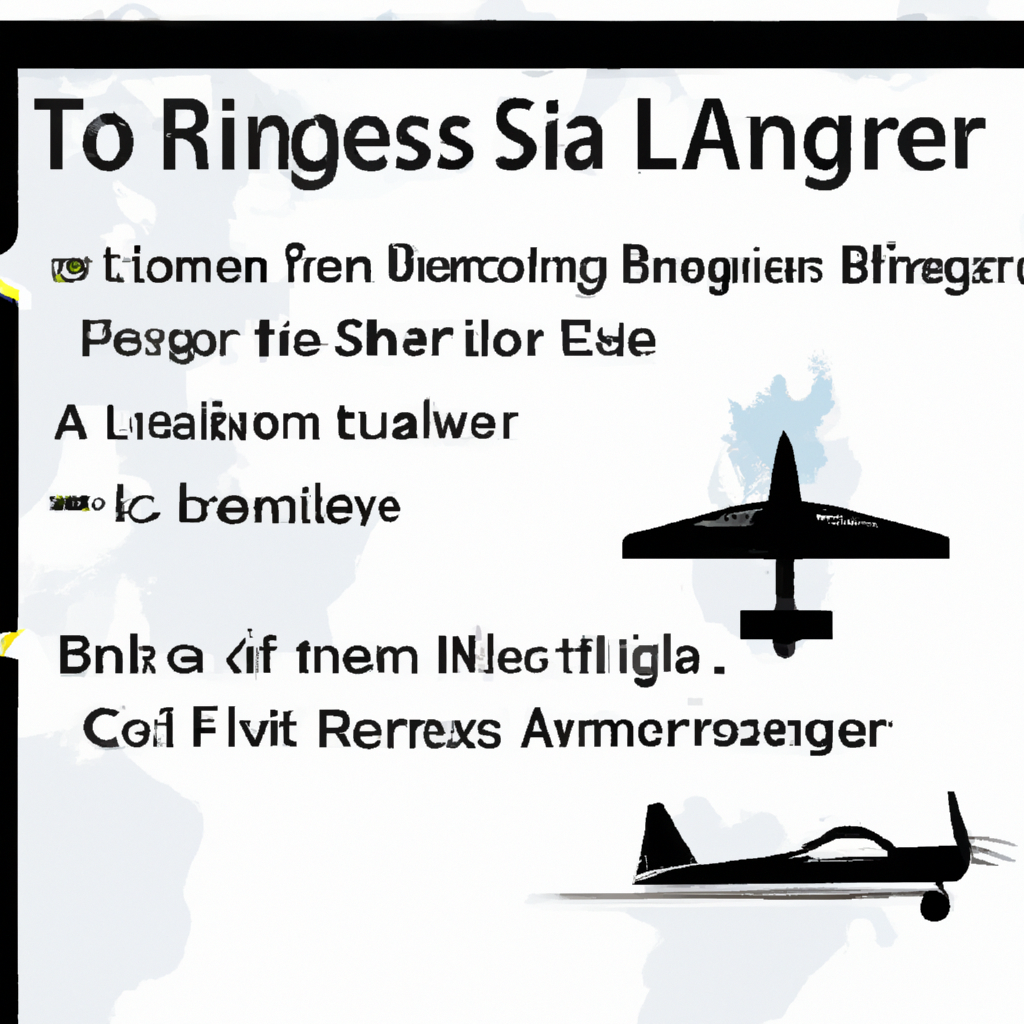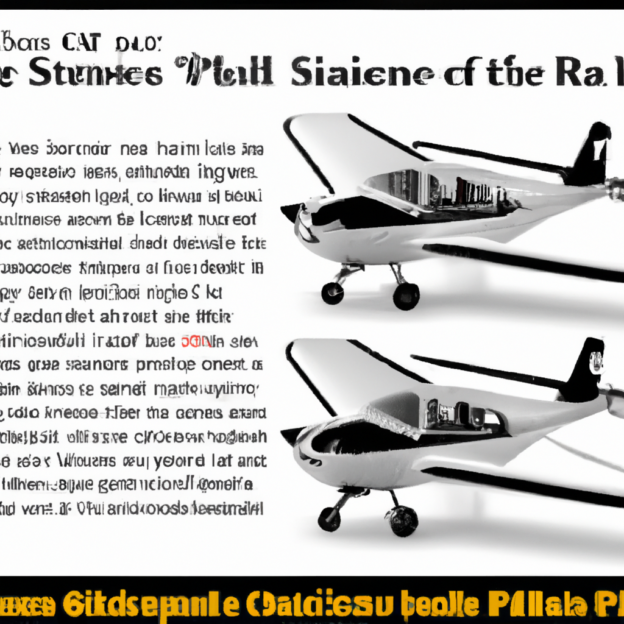If you’ve ever dreamt of soaring through the sky in a small plane, you may be curious about the cost of turning that dream into a reality. Learning to fly small planes is an exciting endeavor that can open up a whole new world of possibilities. But how much does it actually cost to embark on this adventure? In this article, we’ll break down the various factors that contribute to the overall cost of learning to fly small planes, giving you a clear idea of what to expect as you pursue your sky-high dreams.

This image is property of pixabay.com.
Factors Affecting the Cost of Learning to Fly Small Planes
Learning to fly small planes is an exciting and fulfilling journey, but it’s important to consider the various factors that can affect the overall cost of your flight training. Understanding these factors will help you make informed decisions and plan your budget accordingly. Let’s take a closer look at the main factors that influence the cost of learning to fly small planes.
Choice of Flight School
One of the primary factors that will impact the cost of your flight training is the choice of flight school. There are several options available, including local community colleges or vocational schools, private flight schools, and university aviation programs. Each has its own advantages and cost considerations.
Local community colleges or vocational schools often offer flight training at a more affordable rate compared to other institutions. These schools may have partnerships with local flight training facilities, which can provide you with access to well-maintained aircraft and experienced instructors at a lower cost.
Private flight schools, on the other hand, may have higher fees due to the added costs of operating independently. However, they often offer a more personalized approach to training, with flexible scheduling options and tailored instruction plans.
University aviation programs usually provide comprehensive flight training as part of a degree program. While these programs can be more expensive due to tuition fees, they offer a structured curriculum and additional academic resources, which can be beneficial in the long run.
Type of Aircraft
The type of aircraft you choose to train on will significantly affect the cost of your flight training. Different aircraft have varying operating costs, maintenance costs, and rental rates. Here are some common types of aircraft used for flight training:
-
Single-Engine Piston: This type of aircraft is the most common choice for initial flight training. It is relatively affordable to operate, making it a cost-effective option for those on a budget.
-
Multi-Engine Piston: Training on multi-engine aircraft is usually more expensive due to higher operating costs and rental rates. However, if your aviation goals involve flying larger or more complex aircraft, this type of training may be necessary.
-
Light Sport Aircraft (LSA): LSAs are a relatively newer category of aircraft that offer a cost-effective option for flight training. These aircraft are typically simpler to operate and have lower operating costs, making them an attractive choice for budget-conscious students.
-
Advanced Training Aircraft: Some flight schools offer advanced training programs that utilize more sophisticated aircraft, such as high-performance singles or technically advanced glass cockpit airplanes. While these programs can provide valuable experience, they often come at a higher cost.
When choosing the type of aircraft for your training, consider your aviation goals, budget, and the availability of aircraft at your chosen flight school.
Number of Flight Hours
The number of flight hours required to obtain your pilot’s license is another crucial factor that influences the cost of your training. The Federal Aviation Administration (FAA) sets minimum flight hour requirements for each type of pilot’s license. However, it’s important to note that most students exceed these minimums to achieve the necessary level of proficiency.
The minimum required flight hours for a private pilot certificate is typically around 40-60 hours. However, the average number of flight hours for certification is closer to 60-75 hours. The additional training hours beyond the minimum requirements are crucial for building competence and confidence in various flight maneuvers and conditions.
Keep in mind that the more flight hours you accumulate, the more you will pay for aircraft rental, fuel, and instructor fees. It’s essential to have a realistic expectation of the total flight hours needed to achieve your training goals when planning your budget.

This image is property of pixabay.com.
Additional Training Materials
In addition to flight time, flight training often requires additional materials and resources. These can include ground school classes, flight simulator training, and study materials.
Ground school classes provide essential theoretical knowledge required for safe and proficient flying. Although some flight schools include ground school classes in their training packages, others may charge an extra fee for this component. The cost will depend on the duration and depth of the ground school program.
Flight simulator training is an effective way to practice various flight scenarios and procedures in a controlled environment. While simulators can reduce overall training costs by minimizing flight time, they may also incur additional fees.
Study materials such as textbooks, reference guides, and online resources are necessary for self-study and preparation for ground exams. The cost of study materials can vary depending on your preferred learning resources and preferences.
Consider these additional training materials when budgeting for your flight training, as they can contribute to the overall cost.
Fuel Costs
Fuel costs are a significant consideration when learning to fly small planes. Fuel prices can vary significantly depending on your location and the prevailing market rates. It’s important to consider the local fuel prices when estimating the cost of your training.
The fuel economy of the aircraft you’re training on also plays a role in determining the overall fuel costs. Each aircraft has a specific fuel consumption rate, which can vary based on factors such as engine type, efficiency, and speed. Understanding an aircraft’s fuel economy will help you calculate the approximate amount of fuel you’ll be using during your flight training.
To estimate your fuel costs accurately, research the current fuel prices in your area and consult with your flight school to determine the average fuel consumption rate for the aircraft you’ll be training on.

This image is property of pixabay.com.
Insurance Costs
Insurance is an essential aspect of flight training to protect yourself, the aircraft, and others involved. Two main types of insurance are typically considered during flight training: hull insurance and liability insurance.
Hull insurance covers physical damage to the aircraft you’re flying. The cost of hull insurance will vary depending on factors such as the aircraft’s value, your flying experience, and the insurance provider.
Liability insurance, on the other hand, covers damages caused to third parties. This insurance protects you in case of accidents or incidents that may lead to legal liabilities. Liability insurance costs depend on various factors, including the coverage limit and the flight school’s insurance requirements.
When budgeting for your flight training, it’s essential to consider insurance costs to ensure you are adequately covered throughout your training.
Examination Fees
To obtain a pilot’s license, you’ll need to pass both written knowledge and practical flight tests. The examination fees associated with these tests can vary depending on your location and the type of license you’re pursuing.
The written knowledge test fee is typically charged by the FAA. The cost may vary between different testing centers and locations. It’s important to check with your local FAA office or designated testing facility to determine the exact cost.
The practical flight test fee covers the cost of the examiner’s time and expertise in evaluating your flying skills. This fee is usually paid directly to the designated examiner and can vary depending on the level of license you’re seeking.
When planning your budget, consider these examination fees as they are essential components of obtaining your pilot’s license.

Medical Certification
In order to fly airplanes, you’ll need to obtain a medical certificate that demonstrates you are physically and mentally fit to operate an aircraft. The type of medical certificate required varies depending on the level of pilot’s license you’re pursuing. There are three classes of medical certificates: Class 3, Class 2, and Class 1.
Class 3 medical certificates are typically required for private pilots and permit you to fly aircraft for non-commercial purposes. This medical examination is less rigorous and generally less expensive than higher classes of medical certificates.
Class 2 medical certificates are necessary for commercial pilots and allow for more demanding flying operations. The medical examination for a Class 2 certificate is more comprehensive than a Class 3 certificate and may involve additional tests or evaluations.
Class 1 medical certificates are required for airline transport pilots and involve the most stringent medical evaluations. These examinations require an Aviation Medical Examiner (AME) and may entail specialized tests.
The cost of medical certification varies depending on the type of examination required and the fees charged by the AME. It’s important to consult with an AME and inquire about the associated costs before undergoing a medical examination.
Recurrent Training
Even after you’ve obtained your pilot’s license, it’s essential to engage in recurrent training to maintain and enhance your skills. Recurrent training refers to ongoing training and proficiency checks that ensure you stay current and proficient in your flying abilities.
Some common examples of recurrent training include the biennial flight review (BFR), instrument proficiency check (IPC), and continuing education programs.
The biennial flight review is required by the FAA every two years for pilots to assess their flying skills and knowledge. The cost of a BFR can vary depending on the flight school and the flight instructor conducting the review.
An instrument proficiency check is necessary for pilots who are instrument rated to ensure they maintain their proficiency in flying under instrument flight rules. The cost of an IPC can vary depending on the aircraft and the flight school.
Continuing education programs, such as advanced flight courses or flight safety seminars, are optional but highly recommended for pilots looking to expand their knowledge and skills. The cost of these programs will depend on the type of course or seminar you choose to attend.
Recurrent training costs should be considered when budgeting for your flight training, as they are crucial for maintaining your skill level and aviation safety.
In conclusion, the cost of learning to fly small planes can vary significantly based on several factors, including the choice of flight school, type of aircraft, number of flight hours, additional training materials, fuel costs, insurance costs, examination fees, medical certification, membership fees, and recurrent training. By carefully considering these factors and planning your budget accordingly, you can embark on your flight training journey with confidence, knowing you have accounted for the necessary expenses. Fly safe and enjoy the adventure!

